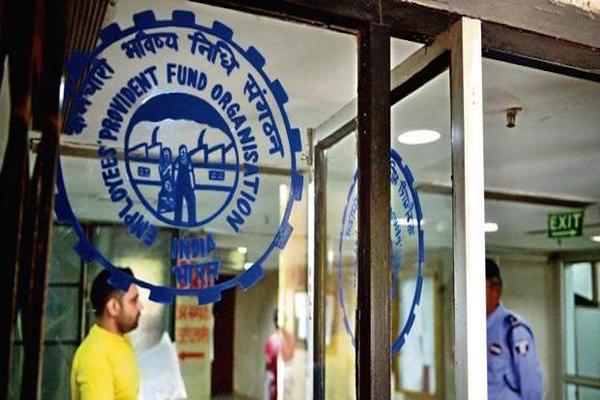The Reserve Bank of India (RBI) on Wednesday proposed to tighten the rules governing home financiers, including putting restrictions on lending to builders and doubling the minimum net owned funds criterion. The regulator’s proposal has also clearly defined home finance firms and those that are systemically important among them. RBI has also proposed that home financiers should not be simultaneously allowed to lend to a real estate developer as well as homebuyers in the developer’s project.
The proposed changes in the rules have come following RBI’s taking over as the regulator of mortgage lenders from the National Housing Bank (NHB) in August 2019. Following the review of the rules, home financiers will now be regulated as a category of non-banking financial companies.
Under the NHB regulations, there was no formal definition of housing finance. In the draft framework released on its website, RBI said housing finance will now mean “financing, for purchase/construction/reconstruction/ renovation/ repairs of the residential dwelling unit .” and some other activities, including giving loans to corporates and government agencies for employee housing projects.
“All other loans, including those given for furnishing dwelling units, loans given against mortgage of property for any purpose other than buying/construction of a new dwelling unit/s or renovation of the existing dwelling unit/s, will be treated as non-housing loans,” said RBI.
According to the draft regulations, RBI also classified housing finance companies as systemically important and non-systemically important. “Non-deposit taking HFCs with asset size of ₹500 crores and above, and all deposit-taking HFCs irrespective of asset size will be treated as systemically important HFCs. HFCs with asset size below ₹500 crores will be treated as non-systemically important HFCs,” according to the proposed regulations.
“RBI’s announcements on draft regulatory changes for HFCs sharpen the definition of what’s ‘housing finance’ or ‘providing finance for housing’ to residential dwellings. It also provides relief to residential developers as lending to builders for construction of residential dwelling units is allowed in this definition,” said Srinath Sridharan, a banking sector expert. “Also, with a few other tightenings of regulations, I anticipate the valuation-driven hunger for HFC licences over the past few years will ebb. Only serious players will stay in this industry.”
RBI also said that to qualify as a housing finance company, 50% of net assets should be to real estate lending, of which at least 75% should be towards individual housing loans. Those HFCs that do not fulfill the qualification will be treated as NBFC–investment and credit companies (NBFC-ICCs) and will be required to approach RBI for the conversion of their certificate of registration from HFCs to NBFC-ICC.
RBI has proposed to double the minimum net owned funds for HFCs to ₹20 crores and align the capital requirements of all HFCs with NBFCs over a period of two years. For HFCs, the minimum capital risk-weighted assets ratio (CRAR) is currently at 12%, which will be increased to 14% by 31 March 2021 and 15% by 31 March 2022.
Also Read: Centre’s final stimulus package likely in September-October: RBI director











